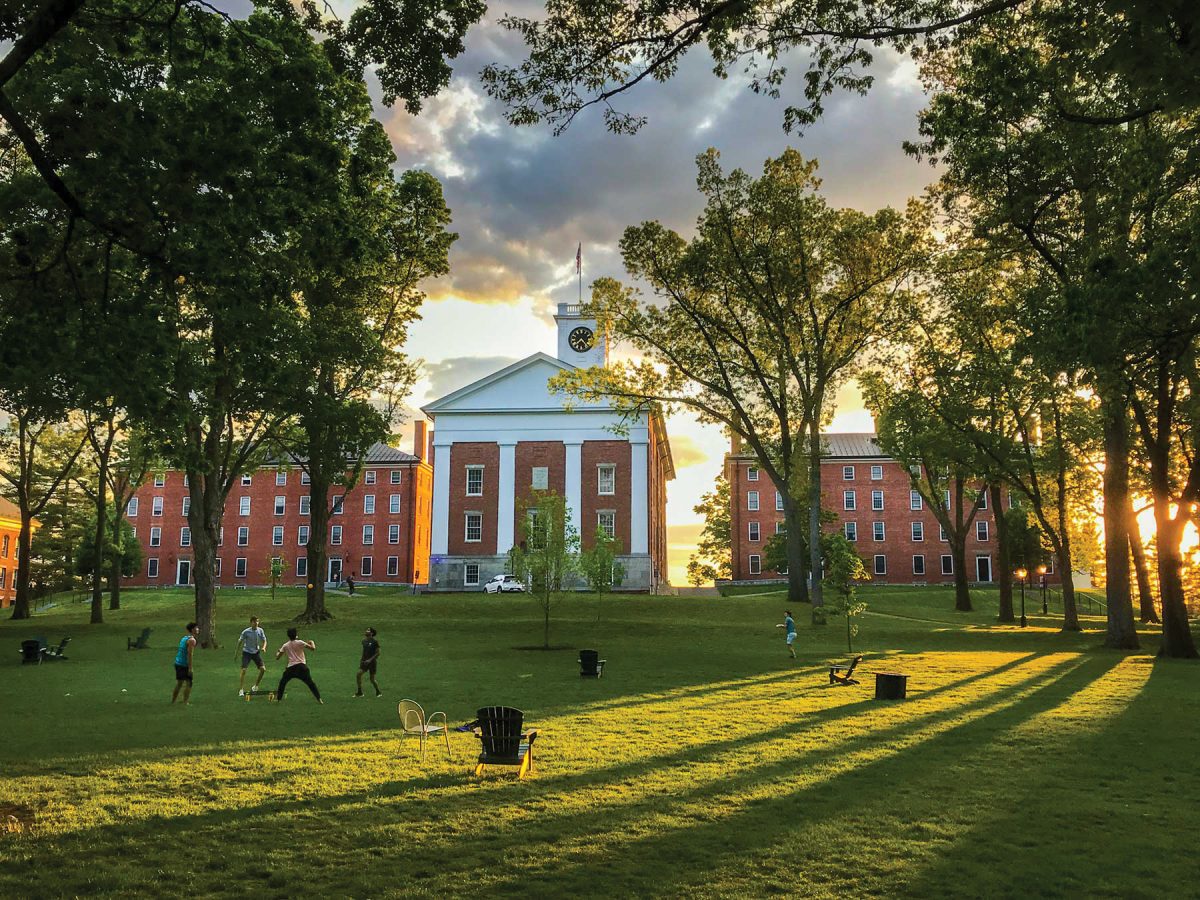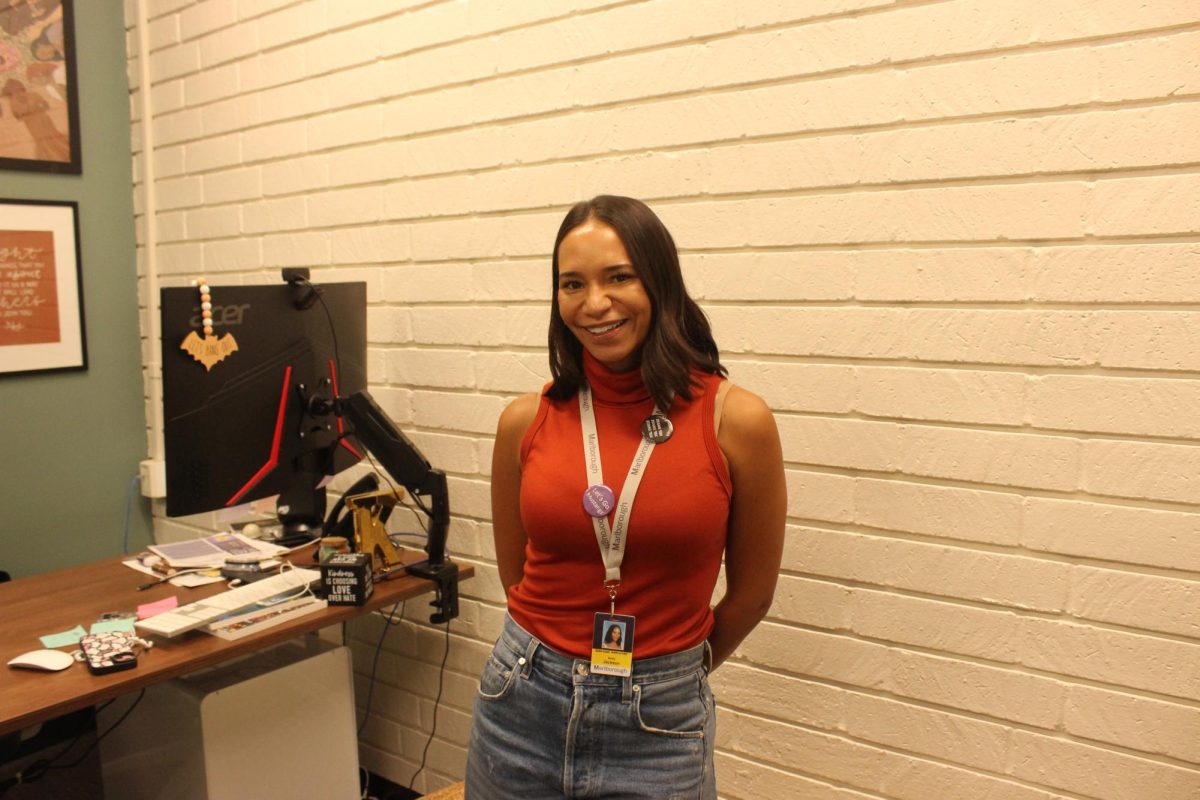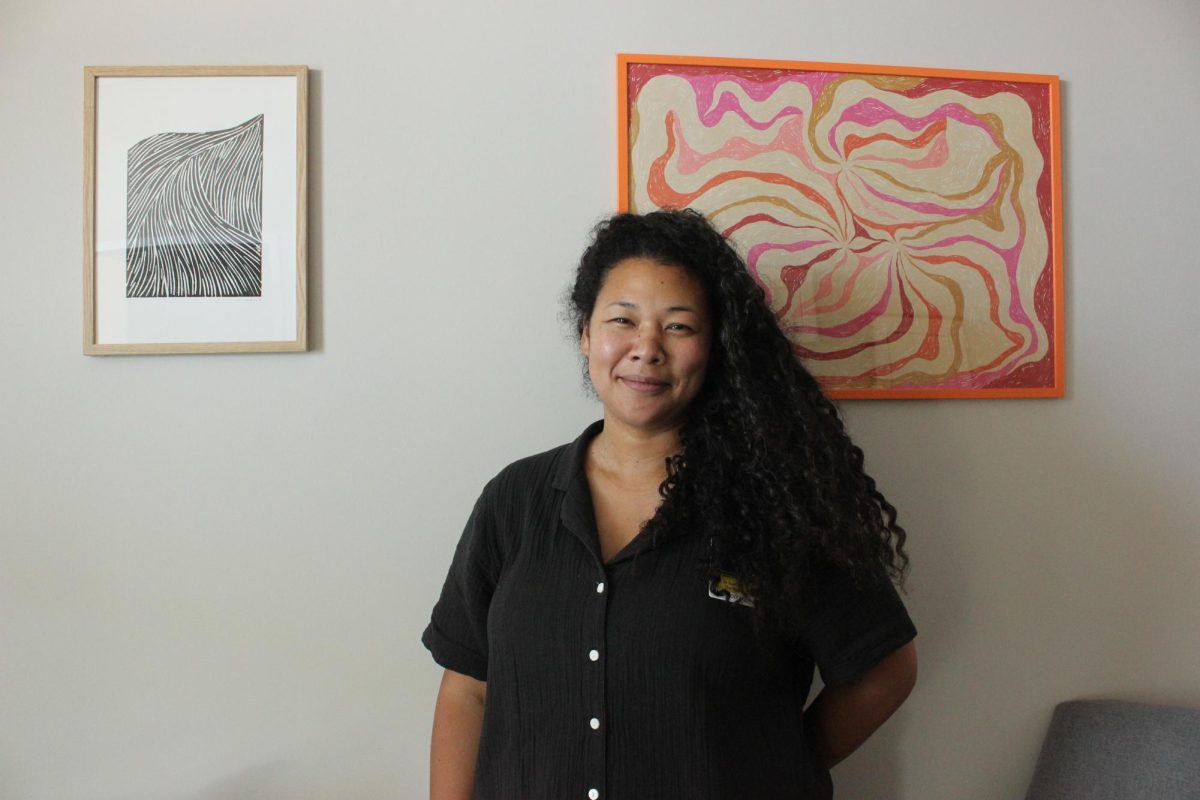The population of Black students in some colleges has declined due to the recent Supreme Court ruling that deemed affirmative action unconstitutional.
Affirmative action is a policy that originally began in 1965 to ensure that people from marginalized groups were given access to certain institutions by asking for information about a variety of factors, including a person’s sex, nationalality, race and ethnicity.
In June of last year, the Supreme Court ruled that the affirmative action programs at Harvard College and the University of North Carolina UNC at Chapel Hill were unconstitutional, ending affirmative action programs in all universities and colleges. The court’s ruling stated that affirmative action was unconstitutional because undergraduate programs throughout the country should accept students based on their credentials, not their race.
Now that a school year has passed, the repercussions of this ruling have become evident after the release of demographic data from certain colleges. For example, Amherst College reported an 8% decrease in Black students for the class of 2028, from 11% to 3%, while the white student population, on the other hand, had significant upticks in student enrollment. Tufts University also saw a decrease in the Black students for the class of 2028, from 7.3% to 4.7%. Similarly, the Massachusetts Institute of Technology’s students of color population dropped from 25% to 16% for the Class of 2028 after the university stopped including a question about race in their application.
At other universities, the percentages have not clearly depicted the impact of the affirmative action ruling. While Princeton University and the California Institute of Technology saw no major shifts, Duke University saw an increase in Black students for the Class of 2028.
Dean of College Counseling at Marlborough Monica DePriest said that the Supreme Court decision wasn’t the only factor for the demographic changes at colleges and universities: Delays with the Free Application for Federal Student Aid (FAFSA) contributed as well.
“For example, the delays with the FAFSA last year may have disproportionately affected underrepresented students of color,” DePriest said.
The slimming of student demographics in certain prestigious universities may result in a lack of diversity in future global workspaces, which limits the various perspectives represented in certain professions. According to the Hult International Business School, “diverse cultural perspectives can inspire creativity and drive innovation.” Without the aforementioned diversity, mixed views of the world can narrow, which means it becomes harder to cultivate environments where people from varied backgrounds are considered.
Both Harvard and UNC Chapel Hill, the two major universities involved in the Supreme Court decision, have recently released their incoming freshman class demographics. Harvard’s Black student enrollment dropped from 18% to 14% for the Class of 2028, which was smaller than anticipated but notable, and UNC Chapel Hill saw an increase of Asian American students in the incoming freshman class. Ultimately, it may be difficult to determine the true effects of the abolishment of affirmative action until racial demographics from freshman classes following the Class of 2028 can be collected and analyzed.








